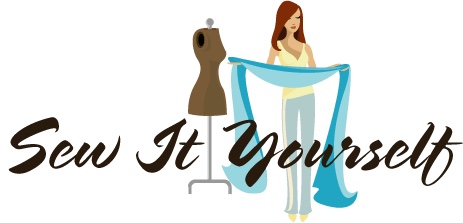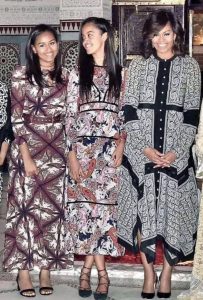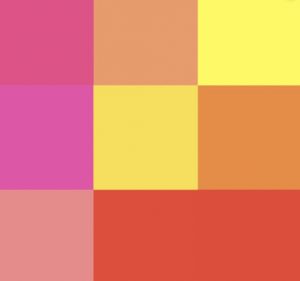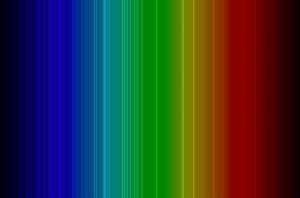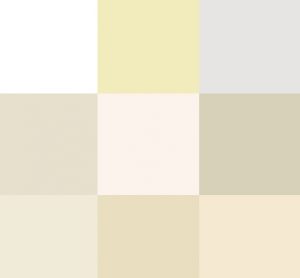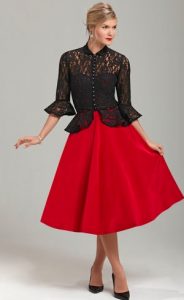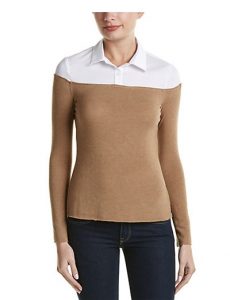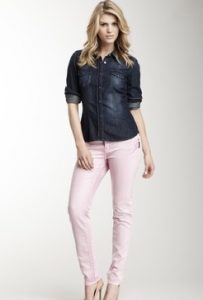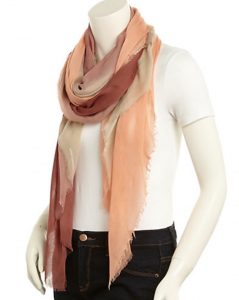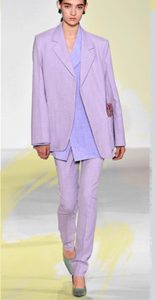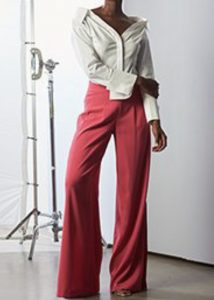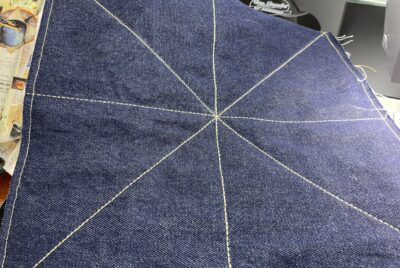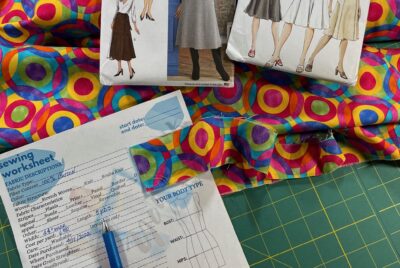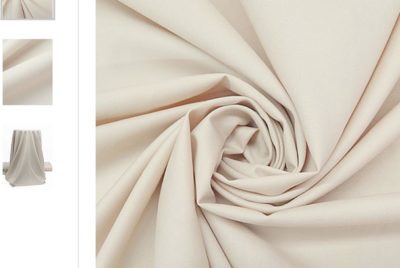7 Simple Ways to Practice Sewing Straight Line Stitches Straight line stitching How many times have…
How Color Helps to Shape Your Body
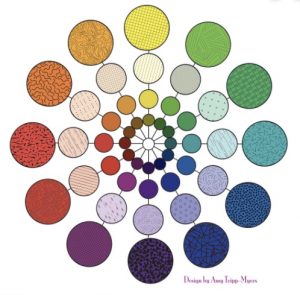
Most people do not realize that color helps shape your body. If you really think about it, before anyone recognizes design and style details the first thing they notice is the color you are wearing. Details like raglan sleeves, princess seams or the scoop neckline in your garment are the design elements the sewer pays attention to.
For this reason alone, the color of your fabric deserves as much attention as the pattern you choose. One of the best kept secrets in successful sewing is developing an eye for your ideal colors. Once you know your flattering colors, it is important to make those colors and your pattern work together to balance the impression of weight and proportion. Then you will see how color can change the look of your wardrobe significantly.
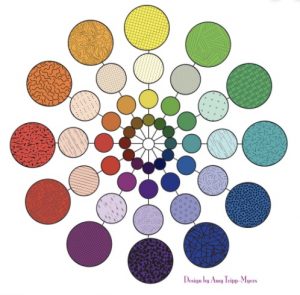
Basic color concepts
Color is a powerful influential element to consider that has an effect on defining the body shape you want people to see. You can keep unwanted eyes away from your most unflattering areas by wearing receding colors such as greens, blues and violets, while accentuating the areas of your body that you are most pleased with by wearing aggressive colors such as reds, oranges and yellows.
How many times have you heard that you should downplay the negative and accentuate the positive? Well, color along with great pattern selections allow you to do just that! It can make your body appear to look smaller in some areas and larger in others.
If you have an understanding of the basic color concepts, you will find out what color can do for you, and how to apply it when selecting your fabric. Most times, we make choices without considering what color looks best on us.
When you combine your most ideal colors with style design and fabrics that enhance your body shape you take your garment from just well-dressed to fabulously stunning. Therefore, you always want to take your personal coloring into consideration.
Your ideal colors
Well, it’s easy if you know your color temperature or undertone. Are you warm, cool or neutral?
Most often you hear about skin tone when you are choosing makeup to even out your skin color, but clothing should also reflect your personal color undertones. Undertone is the overall hue or tint that comes through from beneath your skin’s surface.
One way to determine your undertone is to look at the veins in your wrist under natural light. If you can see your veins, you should be able to use their color to identify your personal undertone.
If your veins look greenish, you have warm undertones. People with blue or purplish-looking veins, have cool undertones. If your veins appear colorless or match the color of your skin, you have neutral undertones.
Lastly, If your skin appears more ashy or grayish, then you could have a natural olive tone. This isn’t as common as warm, cool, or neutral, but is instead a combination of undertones. Olive skin has both natural and warm undertones along with green, an undertone that is considered unique to olive skin only. If you have olive skin, then you might find that certain colors in all three undertones suit your skin.
How to get the WOW look
The secret to successfully getting that WOW look in sewing your own clothes is to balance the color of your fabric harmoniously with the color of your complexion and body shape. You want the clothes you sew and wear to look like they uniquely belong on you.
Each person’s undertone is one of the following:
- Warm
- Cool
- Neutral
- Olive
What this means to you…
If you are… |
These colors look great against your skin… |
|
Warm |
Golden, yellow or peachy hues |
|
Cool |
Pink, red, or blue, stick with pink and green, as well as purples and reds that have pink tones to them. |
|
Neutral |
A mixture of the above, neutral undertones can pull off neutral colors well. You also look good in cool and warm color palettes. |
|
Olive |
Greenish-yellow; looks great in earthy colors, as well as gold and green. Be careful with warm color palettes, as these can make your skin look too yellow. |
|
Colors that complement your skin tone
These offer a great foundation for all the stand-out colors you can wear directly against your skin. Your objective is to learn to sew your wardrobe around several core colors that complement your skin undertone with styles that flatter your body shape. This is a winning combination.
But, color can also be cleverly used to your advantage to further enhance your appearance. It can create optical illusions by strategically placing them in areas that you want to hide or highlight.
Cool colors, such as blue, green and violet, as well as the duller hues make the figure appear smaller.
Black, dull, and dark colors absorb light and appear farther away or smaller.
They disguise your true size, outline the body and can emphasize body contour. Dark colors recede, reducing apparent figure size.
If you wish to make a figure or part of your body look smaller, use black, dull or receding colors. This is why you may often see larger sizes in black.
On the other hand, if you wish to enlarge or draw attention to a figure or part of it, use white, bright, light, or warm colors. To add bulk and roundness to a slim figure, select bright colors with shiny or chunky textures.
Warm colors, such as red, yellow, and orange, will enlarge or accentuate your figure. Bright colors stand out and will increase your size. They usually look and seem warmer, brighter and larger. These colors always make a figure appear larger.
Colors for a Triangle or Pear Shape Body
For example, if you have a Triangle or Pear Body Shape: narrow shoulders, small bust, and large hips, you can help balance your appearance by wearing a dark, or dull-colored skirt or pants with a bright, or light-colored blouse or jacket that complements your skin tone.
Inverted, Athletic, or Wedge Body Shape Colors
However, if you have an Inverted, Athletic or Wedge Body Shape: broad shoulders, undefined waist, and narrow hips, you can balance your appearance by wearing darker or grayed colored blouse or jacket with a bright, or light-colored skirt or pants.
You can draw attention to your beautiful face by wearing a white or brightly colored scarf, collar, or necklace that complements your skin tone.
Additionally, you can also use similar-tone coloring for an overall slenderizing effect. The use of vivid colors or shiny fabrics should be restricted to well-placed splashes for accent.
Monochromatic colors elongates your appearance
If you are short, color should be a very influential factor when choosing your fabric. In general, one color or monochromatic outfits will contribute to elongating your appearance. Col
If you are slim, your color range is almost unlimited, although you will find that solid colors, neat textures, and small prints are best for your body build.
Create illusions using color
Color coordinated accessories, such as belts or shoes, can be most helpful to your illusion. Warm colors and bright colors will tend to increase your stature visibility. Subtle colors may seem to diminish your size, but be sure they do so in a beguiling feminine fashion rather than making you blend unnoticed into the background.
Contrasting colors cut your height in half
Contrasting color schemes can make your figure appear larger than it is, while subtle or blended color schemes will make your figure appear smaller.
Contrasting separates are recommended more for a taller person, which cuts your height in half and successfully balances your appearance.
Generally, concentrate on bright, light, and warm colors on areas to be emphasized. Use dark, dull, and cool colors on areas to be hidden.
Your undertones can provide some insights into what looks best against your natural skin color. But, if you feel happy and confident in a color that’s considered to be outside of your color palette, then you should always sew what’s makes you happy. Your own personal preferences are more important than what any color chart suggests.
At the end of the day, you should sew whatever helps you radiate confidence from the inside out.
The beauty of sewing your own clothes opens all kinds of possibilities, including creating your own image, developing your own sense of style in your own ideal colors, without looking like anyone else.
